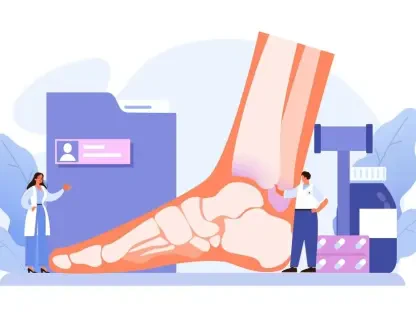Medical bills have always been a source of stress for many, with unexpected costs sometimes turning a manageable situation into a financial nightmare. Recent data reveals that despite efforts to curb surprise medical bills through legislation, many Americans still struggle with unforeseen charges, raising questions about the effectiveness of such regulations.
Navigating the Labyrinth of Medical Billing
The implementation of the No Surprises Act aimed to shield patients from unexpected medical charges, ensuring that out-of-network services did not result in financial turmoil. Yet, the reality remains challenging, as many still face surprise bills despite holding insurance coverage. As healthcare accessibility continues to be a pressing issue, the effectiveness of this legislation is under scrutiny.
The Promise of Surprise Billing Legislation
The No Surprises Act was introduced with the vision of protecting patients from the pitfalls of out-of-network billing. This legislation was intended to foster a system where financial stability in healthcare became the norm, not the exception. In theory, it would prevent patients from facing astronomical bills arising from services believed to be covered, marking a step forward in enhancing access to affordable healthcare.
Real-world Experiences
Instances like Jessica Chen’s situation highlight ongoing systemic issues. Despite receiving an initial cost estimate for diagnostic screenings, the final bill she received was significantly higher. Such cases underline the discrepancies that still mar the medical billing landscape. These issues are not isolated, as many find themselves unexpectedly burdened by charges that diverge from original calculations.
Perspectives from the Frontlines
Healthcare policy experts and affected individuals paint a vivid picture of the shortcomings present in current regulations. The recounting of experiences, such as Michelle Rodio’s unexpected situation with a medical bill that legal definitions failed to recognize as a “surprise,” encapsulates the real challenges and frustrations in navigating the current landscape.
Strategizing Against Unforeseen Expenses
There are strategies patients can employ to mitigate these surprise costs. By thoroughly reviewing insurance policies, questioning ambiguous charges, and leveraging the rights provided under current laws, patients can better protect themselves. Understanding one’s health policy and staying informed about billing procedures can empower individuals facing unforeseen expenses.
Overall, the narrative reveals a healthcare system in transition, striving for clarity. While efforts have been made, with policies aiming at reducing surprise billing, the steps forward must include continuous refinement and adaptation of these legislations. A future where such financial shocks are minimized depends on ongoing commitment to legislative enhancements and patient awareness, ensuring a healthcare environment where financial security accompanies medical care.









